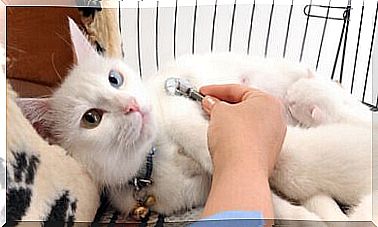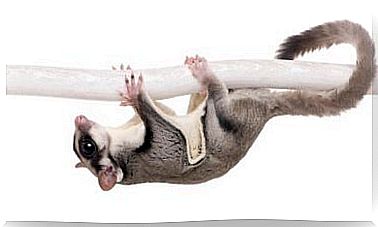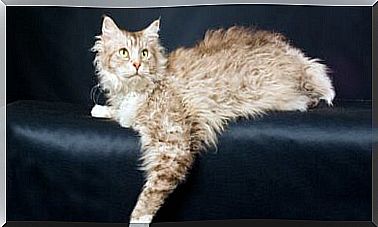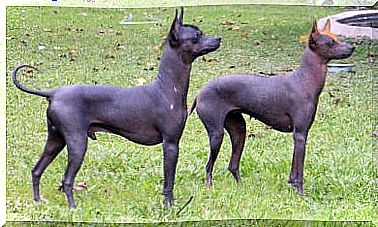What Is The Axolotl? Learn All About This Peculiar Animal
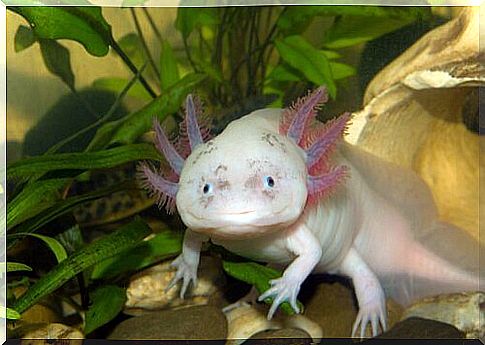
Axolotl can be found in a variety of colors including black, grey, gold, albino, white with black eyes and others. They are relatively easy to care for, but they live their entire lives in water. Therefore, it is necessary to give them a tank that is always at the right temperature.
The axolotls come from Lake Xochimilco, in Mexico, where they are in danger of extinction. This is because there are very few channels that lead to the lake. Fortunately, this species breeds easily in captivity, and research into its unique ability to regenerate entire limbs is common.
axolotl behavior
The axolotl is a relatively hardy animal. They are tame in nature, but should be considered display pets as they cannot interact with their owners outside the tank. They are delicate amphibians, with a soft body and permeable skin. Therefore, they should not be taken by hand unless absolutely necessary. They are not very sociable animals and do not benefit from having a companion.
Giving shelter to the axolotl
An axolotl can be much larger than a salamander. Therefore, a tank (aquarium) of at least 70 to 90 liters is recommended. The tank does not need to be filled with water. The water only needs to be deeper than the animal’s full length.
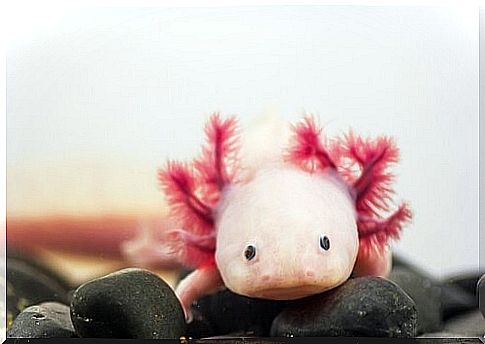
The tank should be in a cool room, away from intense sunlight, and the water temperature should be between 14ºC and 20ºC. There is no need for special lighting for axolotls, unlike reptiles. In fact, he’ll appreciate having a place to escape the light, like a vase set aside or an aquarium castle.
If gravel is used at the bottom of the pond, it should be coarse gravel. Fine gravel can be ingested during feeding and cause a blockage. Some owners choose to simply leave the bottom of the tank empty, although others believe this can put a little stress on the axolotl. That’s because, without gravel, they don’t get any footholds.
Use a suitable filter
Most owners find a filtered aquarium easier to care for than an unfiltered one. This is because unfiltered water must be changed frequently. However, if you choose to have a tank filter, the filtration rate should be very slow, and powerful filters that create strong currents should be avoided. Also, make sure the filter inlet is not in a position to suck the gills from your axolotl.
If the aquarium has a filter, safe cleaning will consist of using a siphon to vacuum the bottom of the tank. About 20% of the water must be changed weekly. If you don’t use a filter, you will have to change 20% of your water every day or almost every day. Never do a complete water change as this will cause the water chemistry to change drastically for your axolotl.

Tap water must have the chlorine – added during the treatment process – eliminated, using solutions available on the market. Never add distilled water and make sure the pH of the water remains between 6.5 and 7.5 (neutral).
food and water
In nature, axolotls feed on snails, worms, crustaceans, small fish and small amphibians. In captivity, they can feed on a variety of brine shrimp, small strips of meat or liver, ground roundworms and other commercially sold frozen fish foods. Uneaten food should be removed from the tank to help keep it clean.
Axolotl’s most common health problems
In some circumstances, the axolotl can metamorphose into a terrestrial area, although this can be stressful for the animal and is not often seen. The conditions under which this would happen are usually not well known. We know that metamorphosis can happen through changes in water characteristics, or also when the axolotl has certain proportions of thyroid hormone.
The terrestrial form of the axolotl requires completely different care. Trying to induce metamorphosis is not recommended, as this can put undue pressure on the animal, significantly shortening its life.
Axolotls often eat gravel or part of its waste and are prone to gastrointestinal obstruction when ingesting foreign bodies. Intestinal obstructions are a common cause of death, and gravel and other objects in the tank must be handled carefully.

